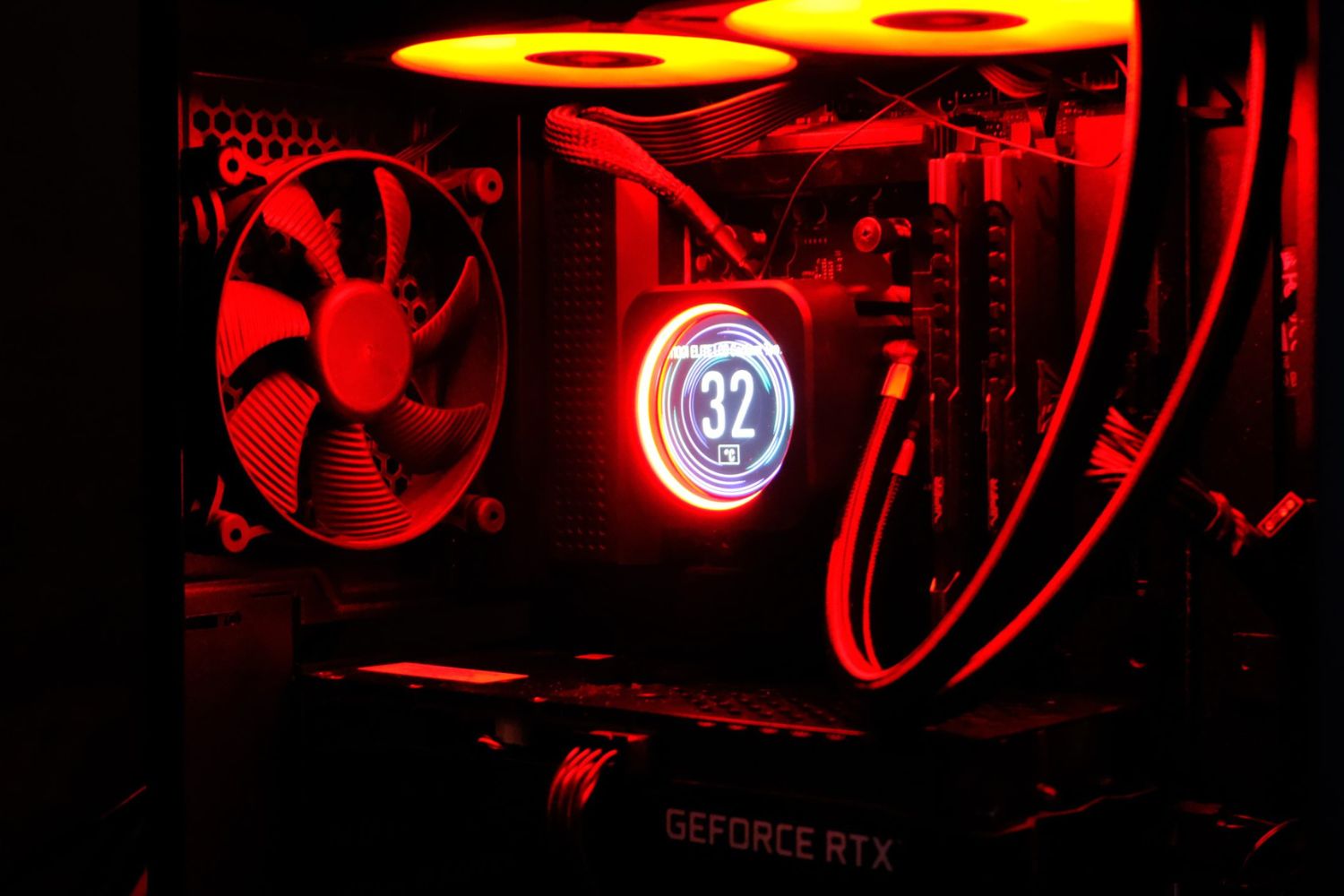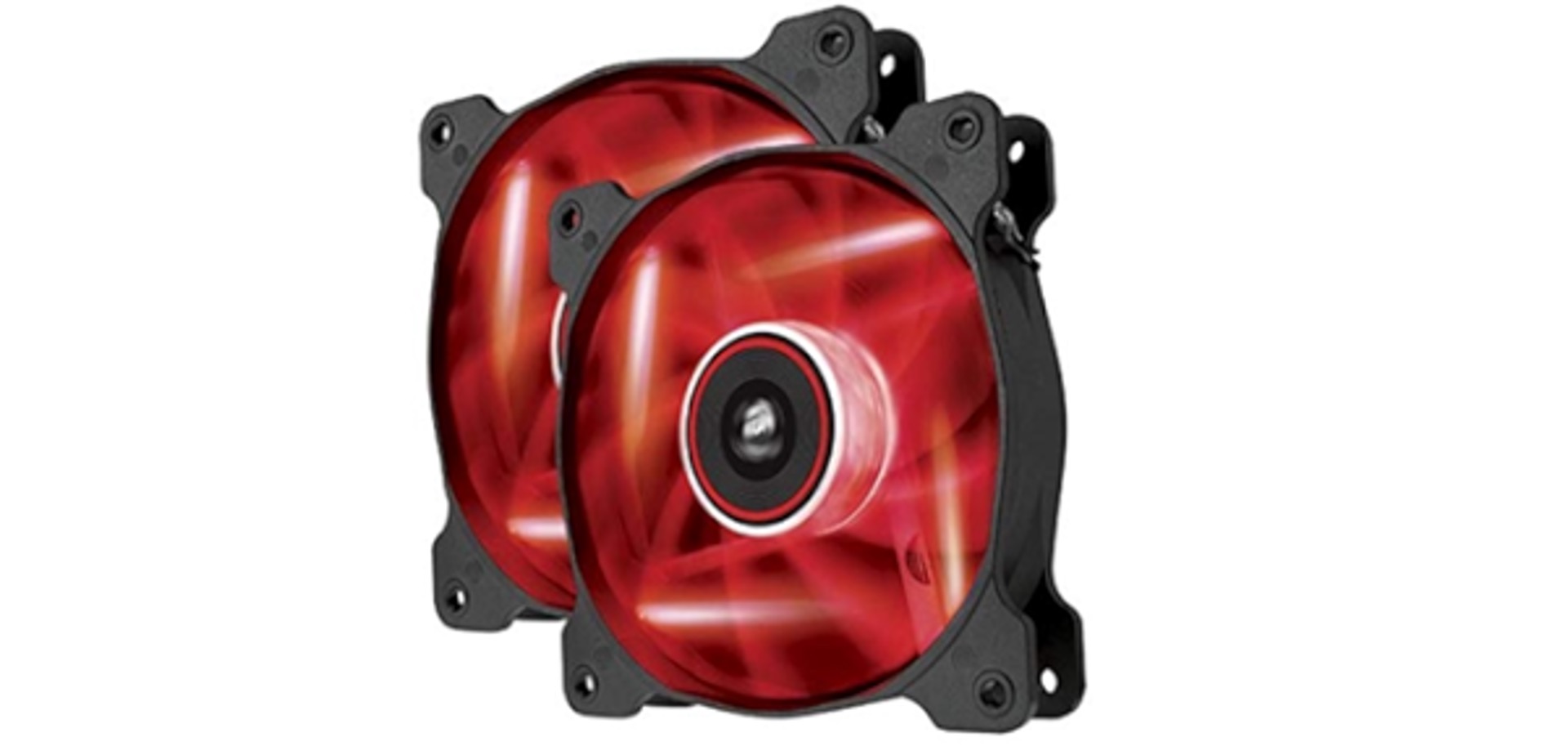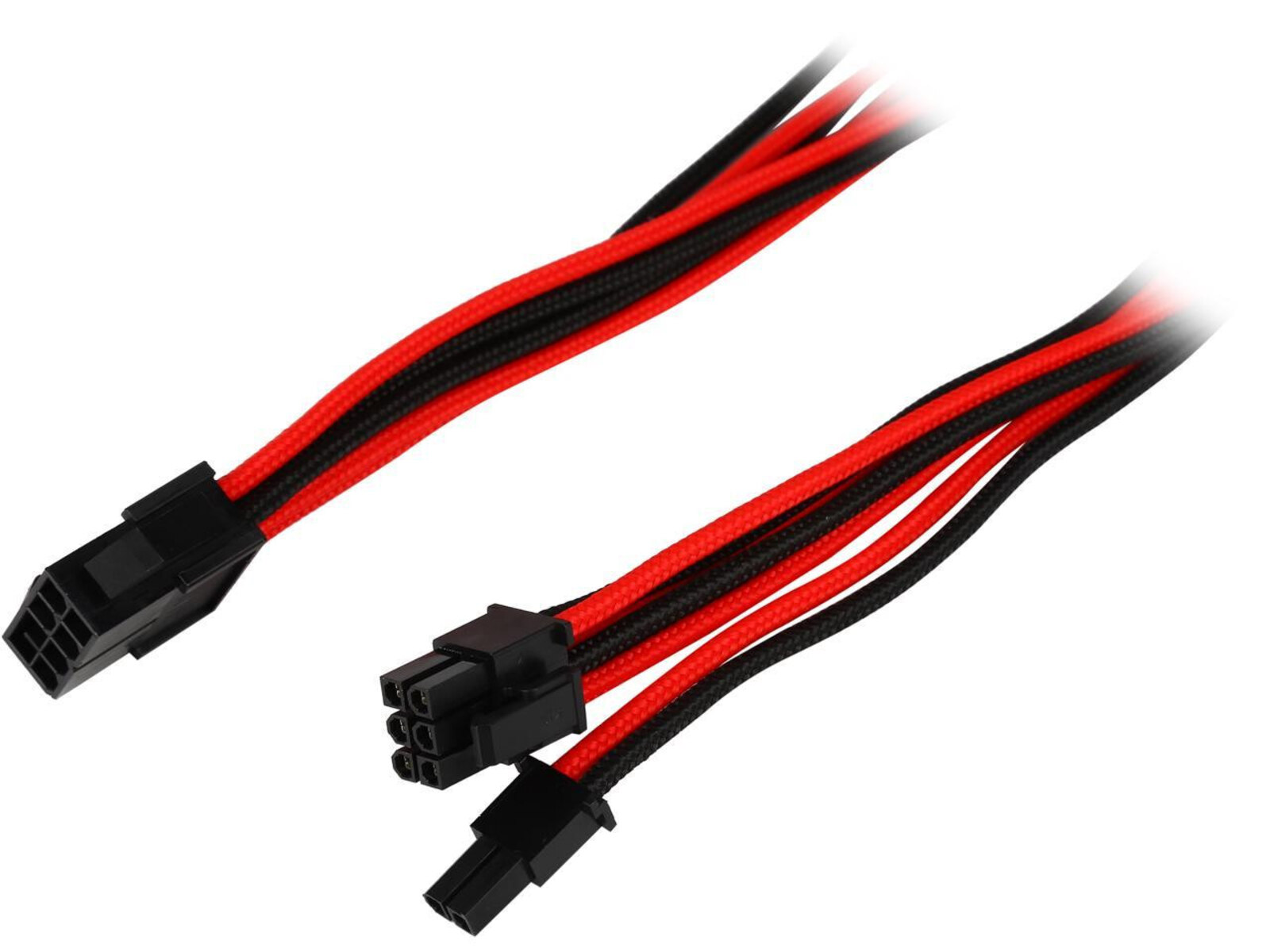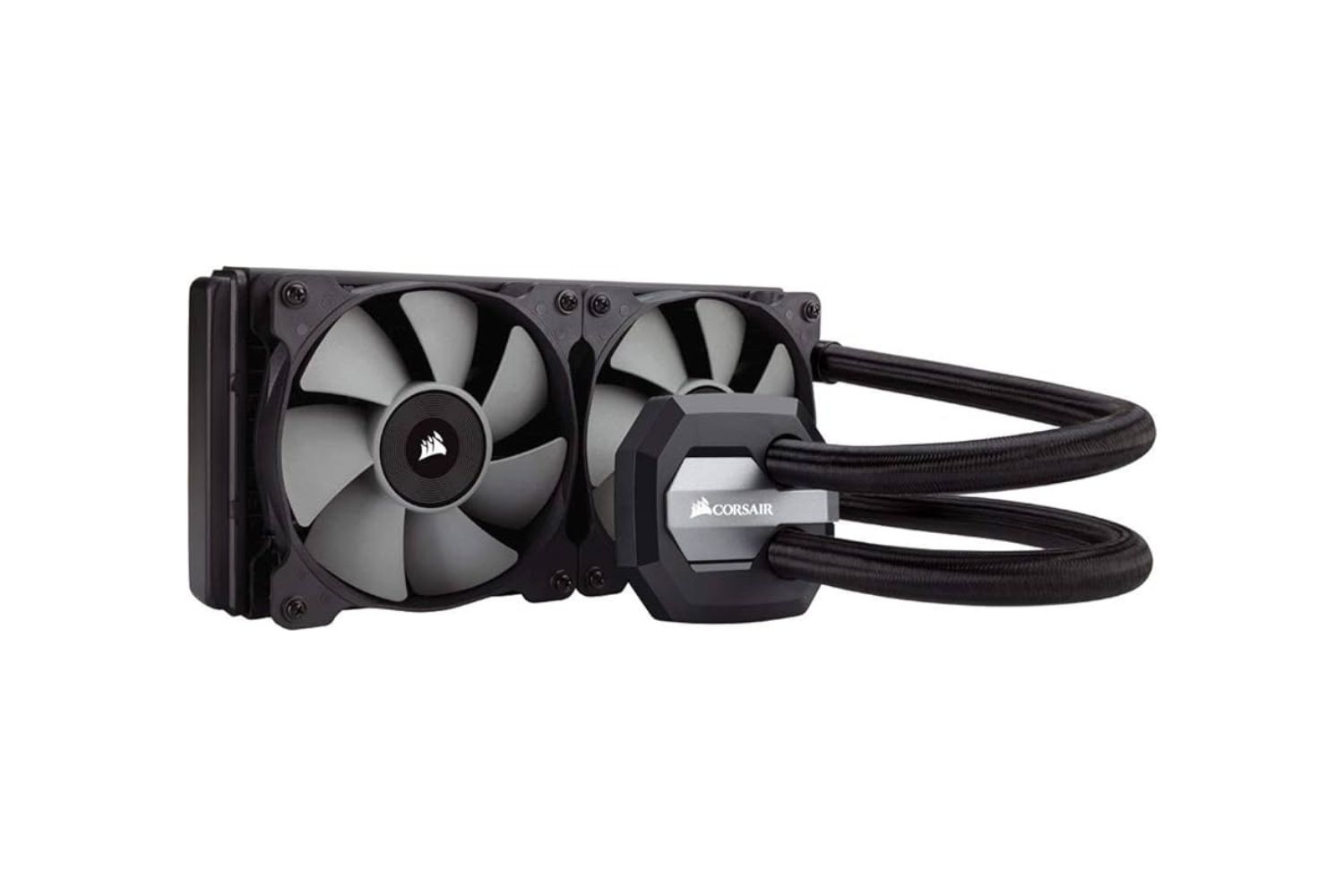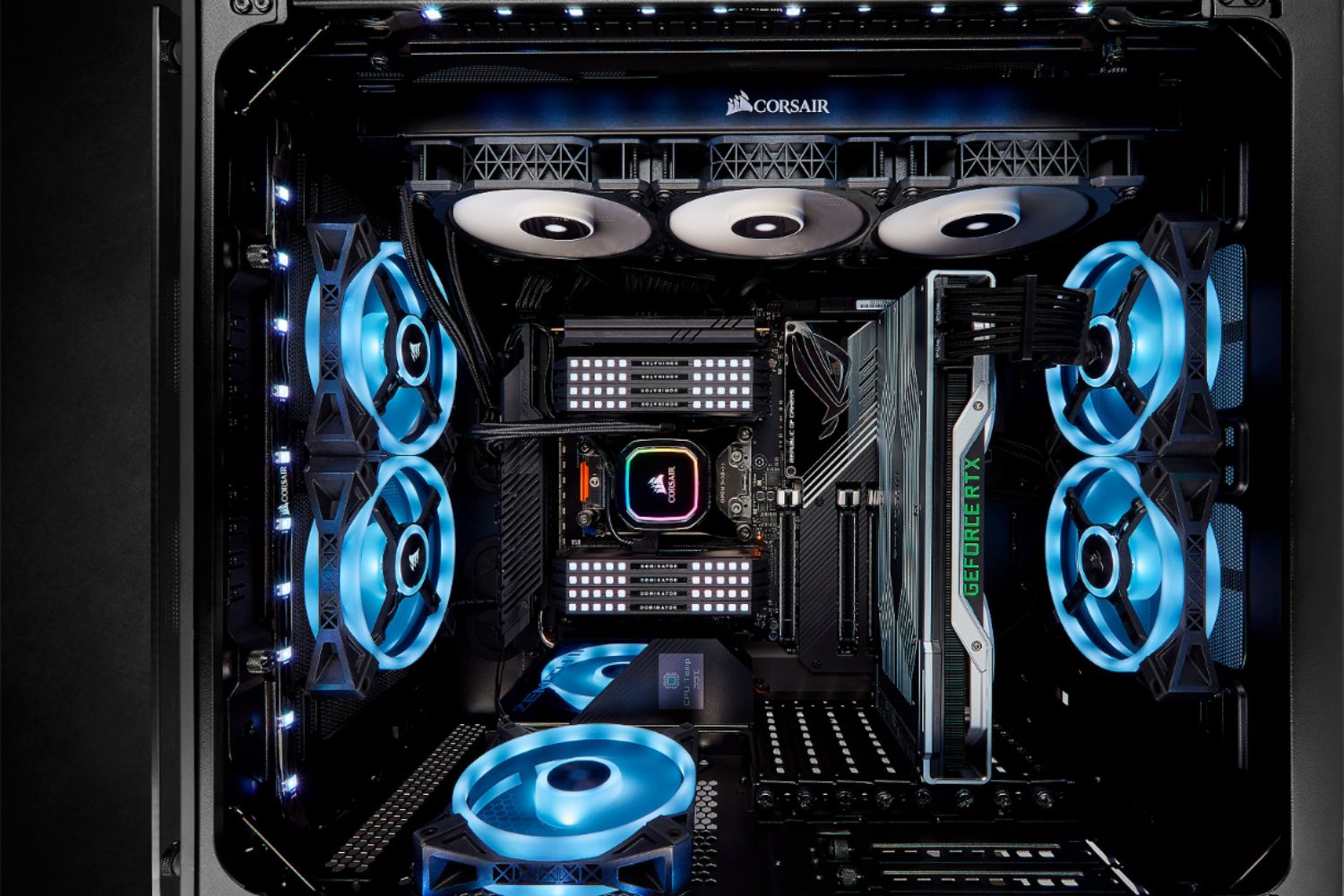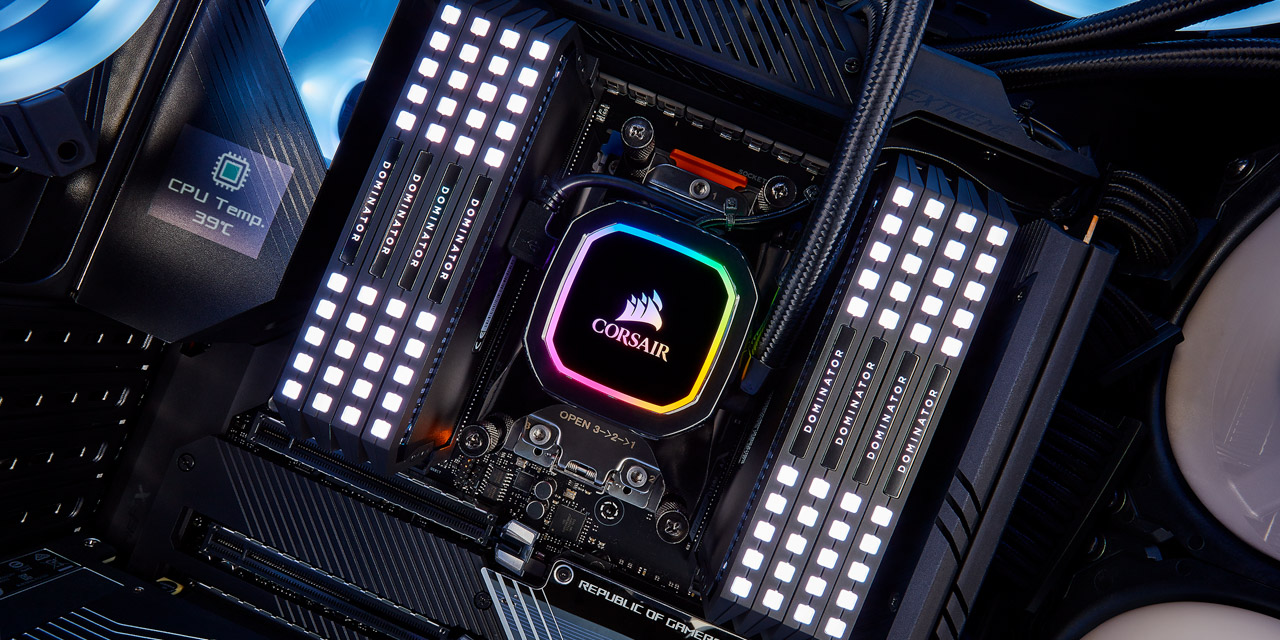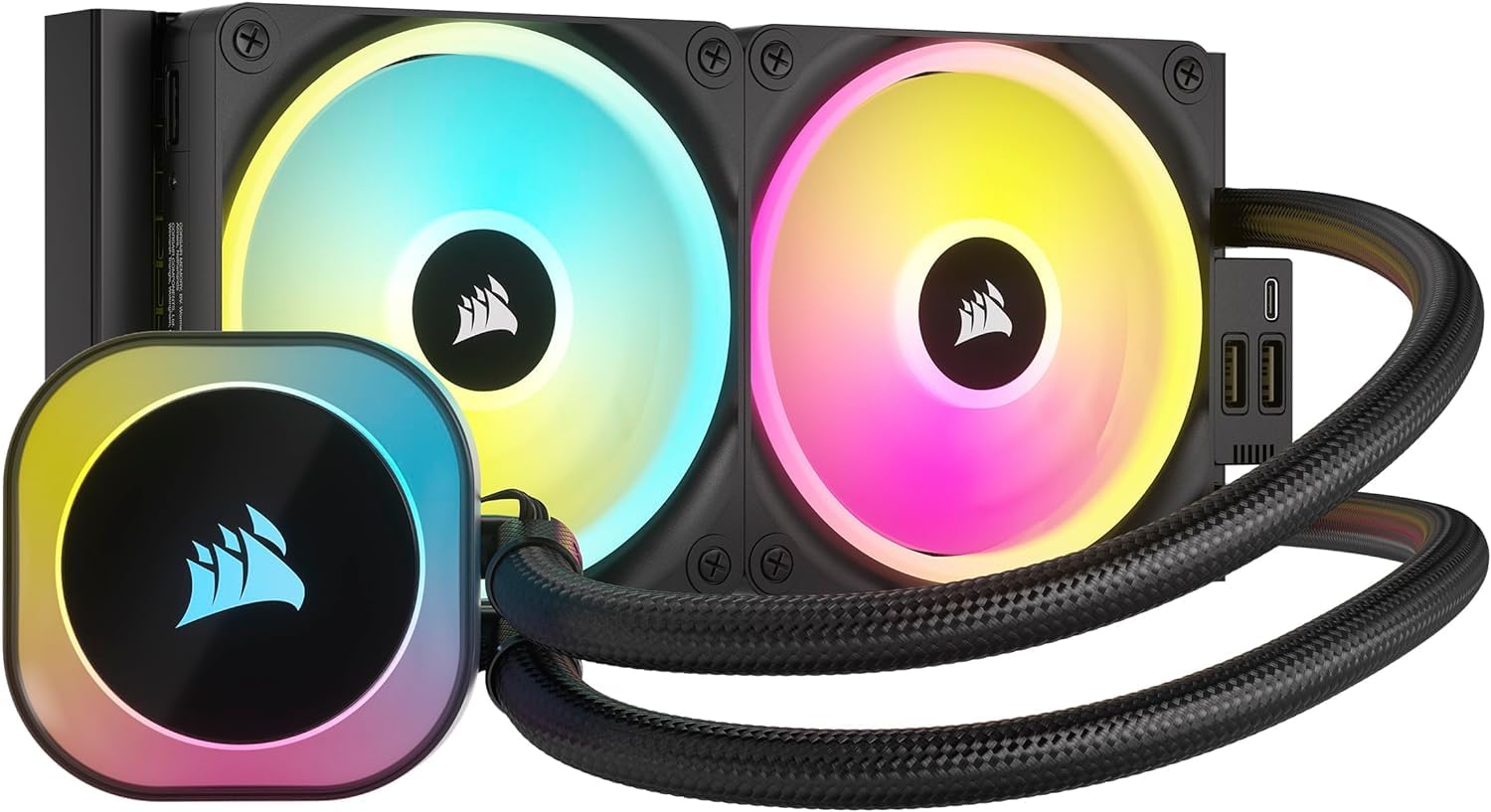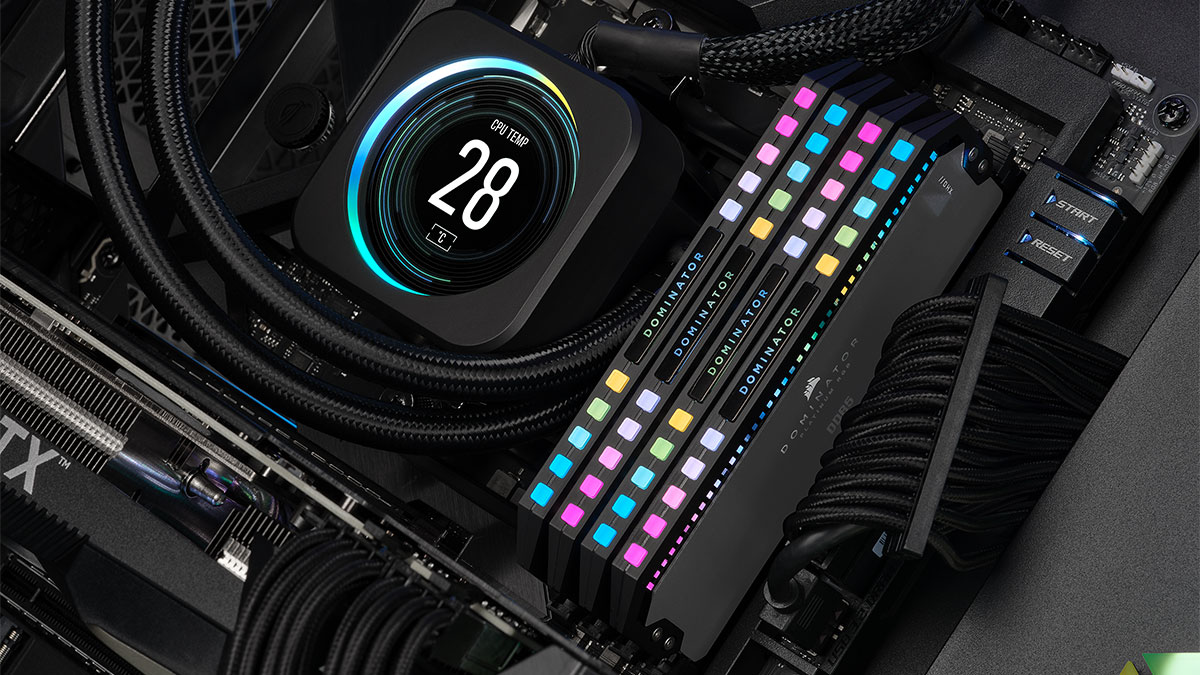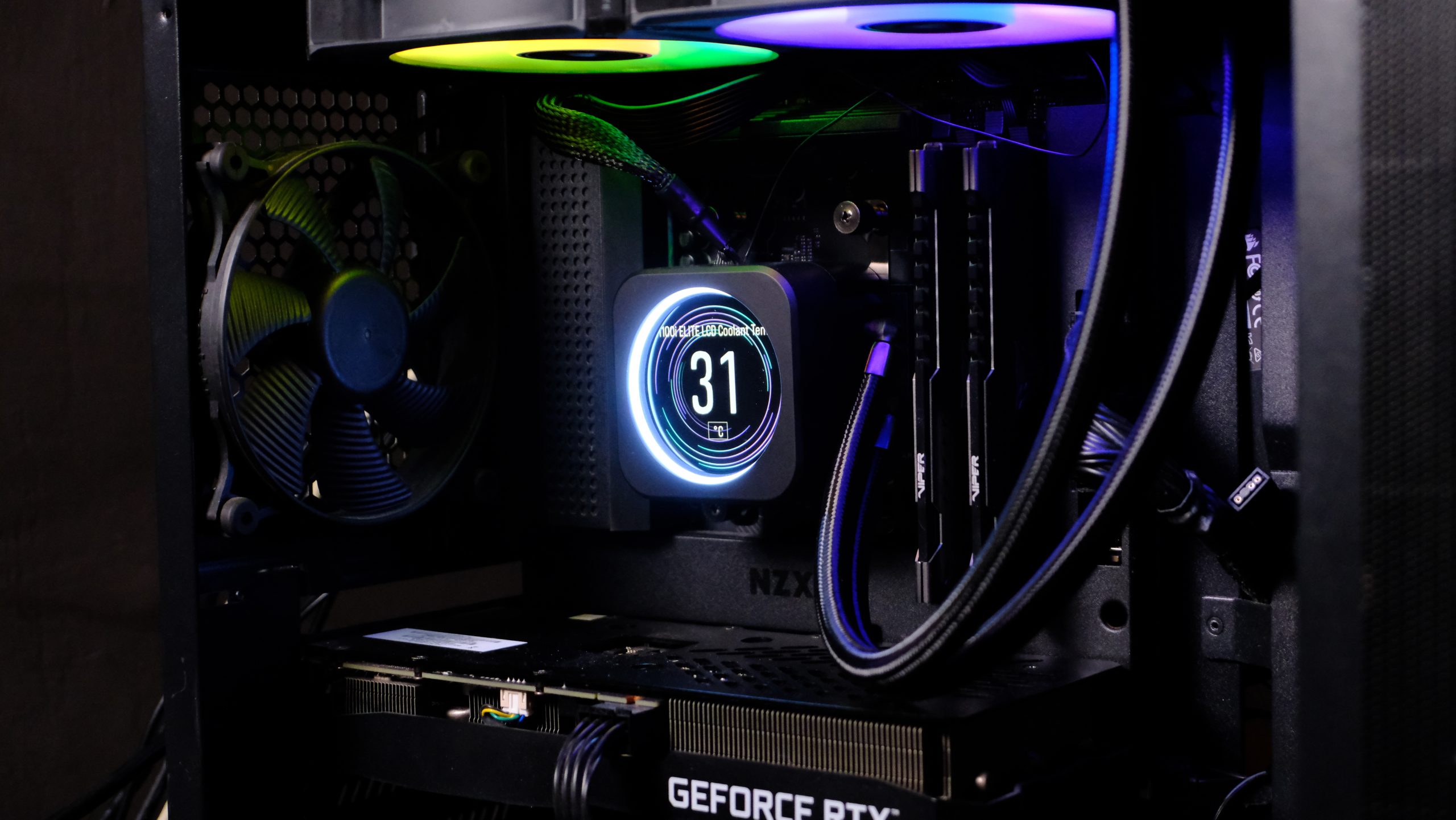Introduction
When it comes to customizing your computer setup, RGB lighting has become a popular trend for enthusiasts and gamers alike. The ability to choose from a wide array of vibrant colors and various lighting effects adds a visually stunning element to any PC build. One brand that stands out in providing top-notch RGB lighting solutions is Corsair.
Corsair is well-known for its high-performance CPU coolers, and their RGB variants take it a step further with customizable lighting options. These CPU coolers are equipped with RGB LEDs that allow users to personalize their systems according to their preferences.
One common observation among Corsair CPU cooler users is that at times the cooler turns red, even when no adjustments have been made to the lighting settings. This unexpected color change may leave users wondering why their CPU cooler has suddenly taken on a crimson hue.
In this article, we will delve into the reasons why Corsair CPU coolers turn red, exploring the factors that influence their color, and discussing ways to change the color to suit your desired aesthetic.
Understanding RGB Lighting
Before we dive into why Corsair CPU coolers turn red, let’s first understand RGB lighting and how it works. RGB stands for Red, Green, and Blue, which are the primary colors used in lighting systems. By combining different intensities of these colors, a wide spectrum of hues can be achieved.
RGB lighting systems consist of LEDs (Light Emitting Diodes) that emit light in various colors. These LEDs are embedded in different components such as CPU coolers, fans, keyboards, and computer cases. They can be controlled through software or hardware controllers, allowing users to customize and synchronize the lighting effects.
With RGB lighting, you have the freedom to choose from a wide range of colors and lighting effects to create a personalized visual experience. Whether you prefer a static color, a smooth transition between colors, or dynamic lighting patterns, RGB lighting gives you endless possibilities to showcase your creativity.
Furthermore, many RGB lighting systems, including Corsair’s, offer additional features such as brightness adjustment, speed control, and even the ability to respond to sound or user inputs. These features add another layer of customization and interactivity to your lighting setup.
Now that we have a basic understanding of RGB lighting, let’s take a closer look at the RGB lighting system in Corsair CPU coolers to understand why they might turn red unexpectedly.
The RGB Lighting System in Corsair CPU Coolers
Corsair CPU coolers come equipped with a sophisticated RGB lighting system that allows users to create stunning lighting effects. The RGB lighting in Corsair CPU coolers is typically achieved through the use of individually addressable LEDs, also known as ARGB LEDs.
Unlike traditional RGB LEDs that can only produce a single color at a time, ARGB LEDs can generate a wide spectrum of colors with more precision. This allows for more intricate lighting effects and smoother transitions between colors.
Corsair offers various CPU coolers with RGB lighting options, such as the Corsair Hydro Series, which includes popular models like the H100i and H150i. These coolers feature RGB-lit pump heads, fans, and sometimes even RGB-lit coolant blocks for a complete lighting setup.
The RGB lighting in Corsair CPU coolers can be controlled using Corsair’s proprietary software, such as Corsair iCUE. This software provides a user-friendly interface that enables you to customize the color, lighting pattern, and brightness of your CPU cooler according to your preferences.
Additionally, Corsair iCUE allows for synchronization with other Corsair RGB-enabled components, such as fans, keyboards, and mouse pads. This synchronization ensures a cohesive and visually stunning lighting setup throughout your entire system.
It is important to note that while Corsair provides a wide range of pre-set lighting modes and effects, users can also create their own custom lighting profiles. This level of customization allows you to match the RGB lighting of your CPU cooler with the overall theme and ambiance of your computer setup.
Now that we understand the RGB lighting system in Corsair CPU coolers, let’s explore the reasons why these coolers may turn red unexpectedly.
Why Corsair CPU Coolers Turn Red
It can be quite perplexing when your Corsair CPU cooler suddenly turns red without any adjustments made to the lighting settings. However, there are a few reasons why this may occur, and understanding them can help you troubleshoot the issue.
One possible reason is that the default lighting profile in the Corsair iCUE software may have a red color scheme. When you first install the software or when the CPU cooler is reset, it may revert to this default profile. In such cases, simply accessing the software and selecting a different lighting profile can change the color of your CPU cooler.
Another reason your Corsair CPU cooler may turn red is RGB lighting conflicts. If you have multiple RGB lighting control software or hardware connected to your system, there may be conflicts between them. This can result in unexpected color changes. To resolve this, ensure that you have only one RGB lighting control software running and that it is configured correctly.
Additionally, a firmware glitch or software bug can cause RGB lighting issues. Corsair regularly releases firmware and software updates to address such issues and improve compatibility. Keeping your Corsair iCUE software and CPU cooler firmware updated can help prevent any unexpected color changes and ensure optimal performance.
Lastly, it is worth mentioning that there may be hardware-related reasons for your Corsair CPU cooler turning red. Loose cable connections or faulty RGB lighting components can lead to inconsistent colors or unexpected changes. Checking the connections and ensuring that all components are securely connected can help diagnose and resolve any hardware-related issues.
In summary, there are various reasons why Corsair CPU coolers may turn red unexpectedly. These can range from default lighting profiles and conflicts between RGB lighting software to firmware glitches and hardware-related issues. By understanding these possible reasons, you can effectively troubleshoot and resolve any color discrepancies with your Corsair CPU cooler.
Factors that Affect the Color of Corsair CPU Coolers
Several factors come into play when it comes to the color of Corsair CPU coolers. Understanding these factors can help you better comprehend why your CPU cooler may display a particular color and how to adjust it to your liking.
One significant factor is the lighting settings you have chosen in the Corsair iCUE software. The software provides a wide range of options to customize your CPU cooler’s color, including static colors, color cycles, gradients, and even color synchronization with other Corsair RGB-enabled components. Adjusting these settings can result in a different color display on your CPU cooler.
The RGB lighting mode you have selected also plays a role in determining the color of your CPU cooler. Corsair offers various lighting modes, such as static, breathing, rainbow, and dynamic color shifting. Each mode generates different colors and effects, allowing you to create the desired visual experience.
Another factor is the RGB LED placement on your CPU cooler. Different models of Corsair CPU coolers have varying numbers and positions of RGB LEDs. These LEDs emit light that is dispersed through different parts of the cooler, creating unique lighting patterns and color displays.
The color customization options offered by the Corsair iCUE software are further influenced by the type and quality of the RGB LEDs used in the CPU cooler. Corsair utilizes high-quality ARGB LEDs in their RGB-enabled coolers, allowing for precise color reproduction and vibrant illumination.
Furthermore, ambient lighting conditions can have an impact on the perceived color of your CPU cooler. The color of the surrounding environment can interact with the CPU cooler’s lighting, causing slight variations in color perception. This is particularly noticeable in dimly lit or brightly lit environments.
Lastly, it is important to note that the specific design and build of your computer case can affect how the RGB lighting is reflected and diffused. Some cases may have tinted panels or unique airflow designs that can influence the appearance of the CPU cooler’s color.
Understanding these factors and experimenting with different lighting settings in the Corsair iCUE software can help you achieve the desired color display on your Corsair CPU cooler.
Ways to Change the Color of Corsair CPU Coolers
If you are looking to change the color of your Corsair CPU cooler to match your personal preference or the aesthetic of your computer setup, there are several ways to do so.
The easiest way to change the color of your Corsair CPU cooler is by utilizing the Corsair iCUE software. This software provides a user-friendly interface that allows you to customize various lighting settings, including color, brightness, and lighting effects. Simply open the software, navigate to the CPU cooler settings, and experiment with different color options until you find the one that suits your taste.
Corsair iCUE software also offers advanced customization options such as creating your own lighting profiles. This allows you to fine-tune the color scheme, effects, and synchronization with other RGB-enabled components in your system. With the ability to save and apply multiple profiles, you can easily switch between different color combinations to suit your mood or the theme of your setup.
If you prefer a more hands-on approach, some Corsair CPU coolers come with a physical RGB controller. These controllers typically allow you to adjust the color and effects directly on the cooler itself, without the need for software. Check your CPU cooler’s documentation or Corsair’s website to see if your cooler includes this feature and how to utilize it.
For those who desire more advanced and synchronized lighting effects, Corsair offers external RGB lighting accessories. These accessories, such as RGB LED strips and RGB fan hubs, can be added to your system to enhance the overall lighting experience. By connecting these accessories to your Corsair iCUE software, you can further customize and synchronize the colors of your CPU cooler and other RGB-enabled components.
Additionally, Corsair has a growing ecosystem of compatible third-party software and hardware that integrates with their RGB lighting system. This allows you to expand your options for controlling and changing the color of your CPU cooler. Explore Corsair’s website or forums to discover the possibilities offered by third-party integrations.
Finally, it is worth mentioning that physical modifications, such as painting or using custom RGB lighting accessories, should be approached with caution. Modifying your CPU cooler in such ways may void the warranty or cause damage if not done properly. If you decide to explore these options, ensure you follow proper guidelines and consult with relevant resources or professionals.
With the various customization options provided by Corsair and compatible accessories, you have the ability to change the color of your Corsair CPU cooler to suit your style and create an eye-catching visual display.
Conclusion
In conclusion, Corsair CPU coolers with RGB lighting provide users with a captivating visual experience, allowing them to personalize their computer setups with vibrant colors and effects. Understanding how the RGB lighting system works in Corsair CPU coolers and the factors that influence their color can help you troubleshoot unexpected color changes and customize the lighting to your liking.
We explored the reasons why Corsair CPU coolers may turn red unexpectedly, ranging from default lighting profiles and conflicts with RGB lighting software to firmware glitches and hardware-related issues. By identifying these factors, you can effectively address any color discrepancies and ensure that your CPU cooler displays the desired hue.
We also discussed the different ways you can change the color of your Corsair CPU cooler, primarily through the use of the Corsair iCUE software. This software allows for easy customization of color, brightness, and lighting effects, giving you full control over your CPU cooler’s appearance. Additionally, physical RGB controllers, external accessories, and third-party integrations offer advanced options for synchronized lighting effects.
Remember to approach any physical modifications or customizations with caution, following guidelines and seeking professional advice if necessary to avoid warranty voidance or damage to your CPU cooler.
With the versatility and flexibility provided by Corsair’s RGB lighting system and their range of CPU coolers, you can transform your computer setup into a visually stunning masterpiece that reflects your personal style and enhances your gaming or productivity experience.







